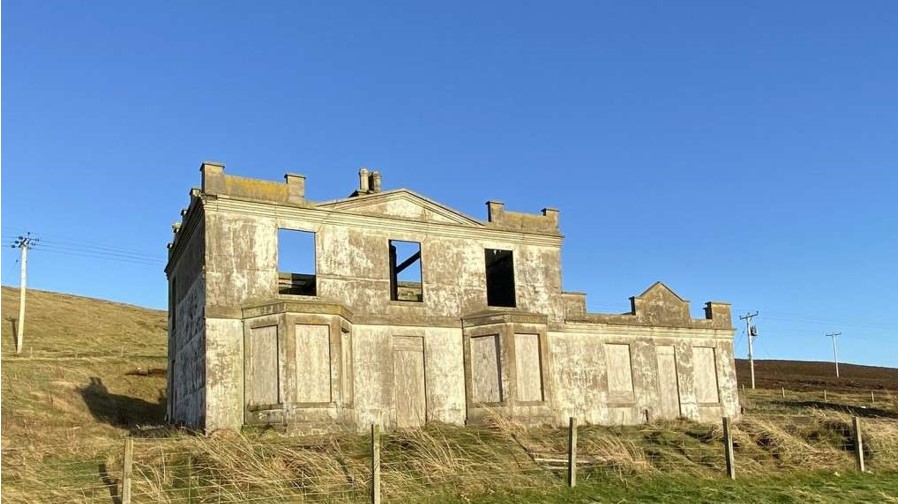Historic buildings are more than just bricks and mortar; they are the physical embodiment of our cultural heritage and history. These structures tell the stories of our past, reflect architectural beauty, and contribute to the identity of communities. However, despite their importance, many historic buildings are under threat from various factors such as urban development, neglect, and environmental challenges. Advocating for the preservation of these structures is crucial to safeguarding our heritage for future generations.
Understanding the Threats to Historic Buildings
Urban Development and Modernization
As cities grow and evolve, the pressure to develop new infrastructure often comes at the expense of historic buildings. New developments, highways, and commercial projects can lead to the demolition of these irreplaceable structures. For example, the demolition of New York’s original Penn Station in 1963 sparked widespread outrage and eventually led to the establishment of modern preservation laws. However, many historic buildings continue to face similar threats today, making it essential to advocate for their protection.
Neglect and Deterioration
Neglect is another significant threat to historic buildings. Without proper maintenance and funding, these structures can fall into disrepair. The challenge of restoring a deteriorated building can be daunting and costly, often leading owners to abandon them. Buildings like the Michigan Central Station in Detroit, which stood vacant for decades, illustrate the struggles of neglected historic sites. It takes dedicated efforts and substantial resources to bring such buildings back to life.
Environmental Factors
Environmental threats such as natural disasters, climate change, and pollution also pose significant risks to historic buildings. Hurricanes, floods, and earthquakes can cause severe damage, while rising sea levels and increased humidity can accelerate deterioration. Protecting these buildings requires not only restoration but also proactive measures to mitigate environmental impacts. For instance, the preservation of Venice’s historic buildings involves addressing frequent flooding and maintaining the structural integrity of centuries-old architecture.
Economic Pressures
Economic downturns and financial constraints can jeopardize historic preservation efforts. When funds are limited, maintaining and restoring historic buildings often takes a back seat. Additionally, property owners might see more immediate financial gains in redeveloping sites rather than preserving them. Advocating for economic incentives and support, such as historic tax credits and grants, is crucial to ensuring these buildings are not lost to economic pressures.
The Importance of Advocacy for Historic Buildings
Raising Awareness
Public awareness is a powerful tool in advocating for historic preservation. Educating communities and stakeholders about the value of historic buildings can foster a sense of pride and urgency to protect them. Awareness campaigns, historical tours, and educational programs can help people understand the significance of these structures and the need for their preservation.
Legal Protections and Policy Support
Strong legal protections and supportive policies are essential for the preservation of historic buildings. Laws such as the National Historic Preservation Act in the United States provide a framework for protecting these sites. Advocacy efforts can influence policy changes, ensuring that historic buildings receive the protection they deserve. Engaging with policymakers and participating in public consultations can help strengthen these legal frameworks.
Community Engagement and Support
Grassroots movements and community involvement play a crucial role in historic preservation. When local communities are engaged and supportive, preservation efforts are more likely to succeed. Community meetings, volunteer opportunities, and local preservation societies can mobilize residents to take action. Successful campaigns often involve a broad coalition of supporters who are passionate about protecting their local heritage.
Strategies for Advocating for Historic Buildings
Building a Strong Case
To advocate effectively for the preservation of a historic building, it's essential to build a strong case. This involves gathering and presenting compelling evidence of the building’s historical, architectural, and cultural significance. Detailed research, documentation, and storytelling can help highlight why a building is worth saving.
Forming Alliances and Partnerships
Collaboration is key to successful advocacy. Forming alliances with local organizations, government agencies, and preservation societies can provide additional resources and support. Partnerships with businesses, cultural institutions, and educational organizations can also enhance advocacy efforts, bringing diverse perspectives and expertise to the table.
Utilizing Media and Public Relations
Effective use of media can amplify advocacy efforts. Highlighting preservation issues through local newspapers, radio, television, and social media can attract public attention and support. Engaging with journalists, bloggers, and influencers can help spread the message and rally community support.
Fundraising and Financial Support
Securing financial support is critical for preservation projects. Fundraising strategies such as grants, crowdfunding, and benefit events can generate the necessary funds. Engaging with donors, sponsors, and government programs can also provide the financial backing needed to save historic buildings.
Conclusion
Advocating for historic buildings is an ongoing effort that requires dedication, resources, and community support. These structures are invaluable treasures that connect us to our past and enrich our communities. By raising awareness, engaging in policy advocacy, and forming strong partnerships, we can turn the tide in favor of historic preservation. At STUDIO @ Westmoreland Farm, we believe in the power of advocacy to protect our architectural heritage. Together, we can ensure that future generations inherit a world rich in history and culture.

